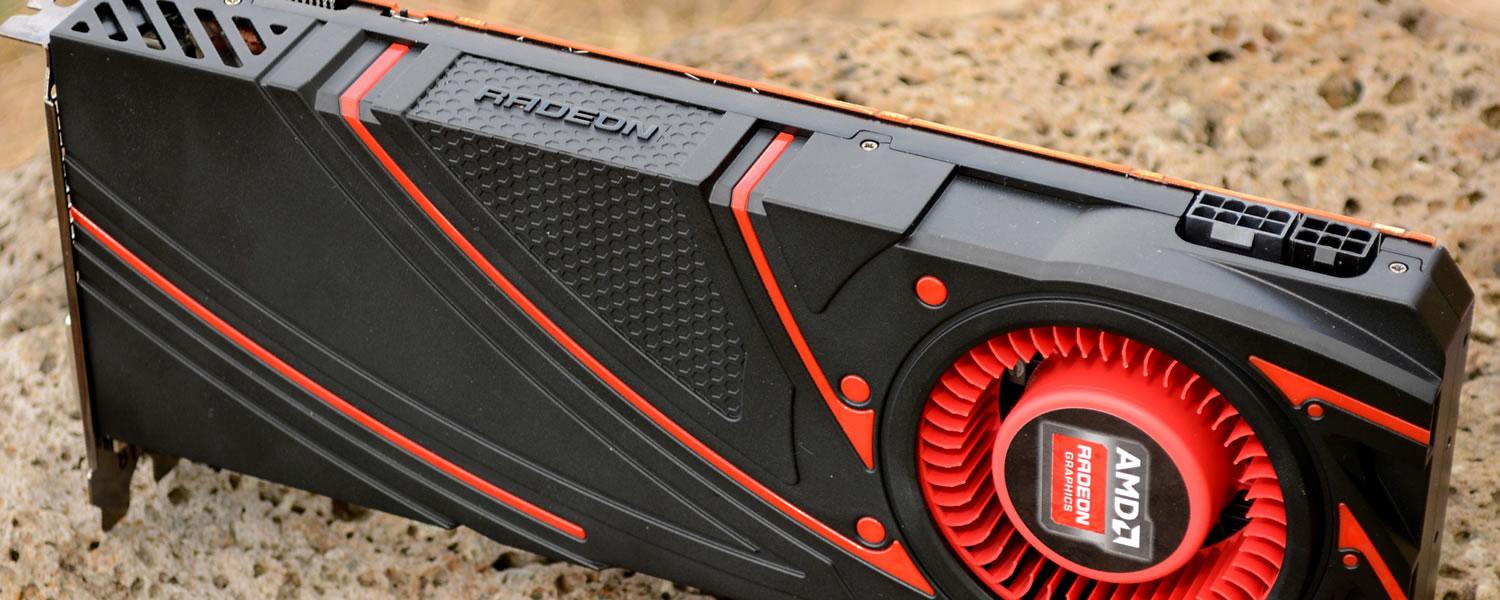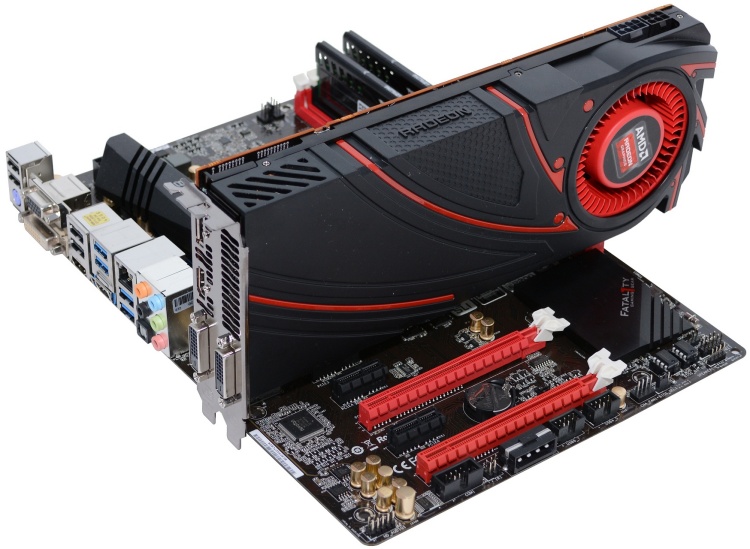Remaining unopposed for months, Nvidia's $1,000 GeForce GTX Titan, $650 GTX 780 and $400 GTX 770 had the high-end market pretty well stitched up earlier this year. Although AMD's Radeon HD 7970 GHz was available at $450, it proved slower than the GTX 770, while the company's dual-GPU HD 7990 was somewhat pointless because two 7970s were faster, cheaper and easier to cool.
With the enthusiast community demanding a response, AMD answered last month by delivering Titan-like performance for nearly half the price. At $550, the new Radeon R9 290X is set at the same rate as the HD 7970 when it debuted two years ago. With its age-old adversary swinging full force, Nvidia's back hit the ropes and it quickly countered by slashing prices across its affected upper-tier products.
Five days after the R9 290X landed, Nvidia dropped the GTX 770's price from $400 to $330, while the GTX 780 fell from $650 to just $500, 10% cheaper than the R9 290X instead of 15% more expensive, putting them at about an equal value. That changes things quite a bit, as will the upcoming GTX 780 Ti, which should be closer to the R9 290X's speed.
Before Nvidia can strike back, however, it'll have to eat another blow in the form of the new Radeon R9 290, a non-X version of the company's flagship GPU that packs fewer SPUs and TAUs, and the same amount of ROPs.
The R9 290 still has the 290X's 5GHz GDDR5 memory and 512-bit bus for 320GB/s of bandwidth, and on paper it should be in direct competition with the GeForce GTX 780, which remember now costs $500.
Radeon R9 290 in Detail
AMD's R9 290 reference design is virtually indistinguishable from the R9 290X. The same 27.5cm (10.8in) long PCB is used with an identical cooler that vents hot air out of the back of a case. The same 4GB GDDR5 frame buffer exists as standard, while the memory is clocked at 5GHz. In short, almost all of the key changes have been made to the GPU's core configuration.
The R9 290 is armed with 2560 SPUs and 160 TAUs – 9% fewer than the 290X – as well as 64 ROPs. Compared to the HD 7970 GHz Edition, the R9 290 has 25% more SPUs and TAUs along with 100% more ROPs.
The "Hawaii Pro" GPU is cooled by a massive aluminum vapor chamber heatsink with 41 fins measuring 15.0cm long, 8.5cm wide and 2.5cm tall. As we noted, this is the exact same cooler you will find on the R9 290X. Heat is dispersed by a 75x20mm fan that pulls air in from the case and pushes it out the back.
Naturally, the R9 290 supports Crossfire, but there are no bridge connectors on this card. This is the same design implemented by the R9 290X and allows for Crossfire without needing a hardware strap. The only other connectors are on the I/O panel. Our sample has a pair of dual DL-DVI connectors, an HDMI 1.4a port and a DisplayPort 1.2 socket.
The R9 290 supports a max resolution of 2560x1600 on up to three monitors as well as Ultra HD (also known as UHD or 4K) over both HDMI 1.4b (low refresh) and DisplayPort 1.2.
Many Ultra HD/4K monitors can achieve a 60Hz refresh rate using a tiled display configuration. AMD Eyefinity technology can be leveraged to support these tiled displays by making two 2Kx2K tiles act as one 4Kx2K monitor. AMD has taken steps to make this easy for end users by providing an Automatic AMD Eyefinity Configuration feature. This feature allows an automatic "plug and play" configuration of supported Ultra HD/4K tiled displays when a Display Port cable is connected.
When you hot-plug a tiled 4K monitor (such as the Sharp PN-K321 or Asus PQ321Q), a 2x1 display group will be automatically created and the two tiles will be combined to act as one monitor. This configuration will be remembered and re-enabled when the display is unplugged or the system is rebooted.
It is also possible to manually disable the display group in CCC and have the two tiles act as independent monitors. Additionally, with a multi-stream hub using the mini-DisplayPort 1.2 sockets, the card can power up to six screens.







